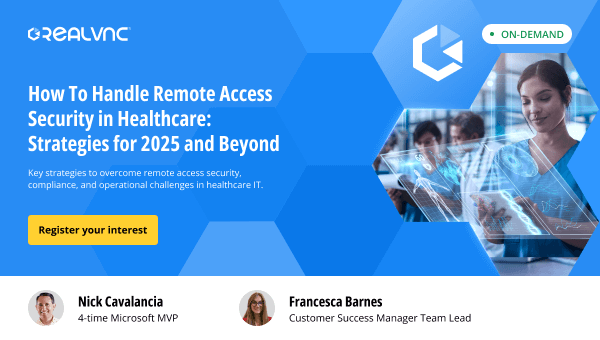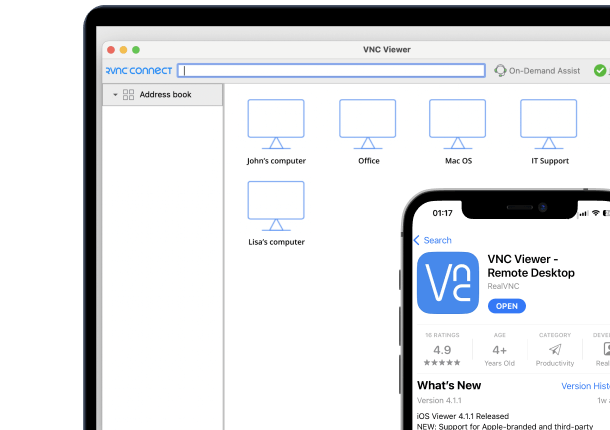This is the method employed when connecting a user to the device they want to control remotely. Each option has its own operational and security nuances. Understanding those nuances and how they will fit with your business needs, could be an important part of your solution evaluation.
Direct connectivity is the method developed for remote access software more than two decades ago. At that time the internet was in its infancy and cloud services did not even exist. A cloud connection is created by using a cloud service to negotiate the connection between the user and the device.
In this post, we’ll evaluate the differences between cloud and direct connectivity in remote access software.
What is a direct connection?
Direct connectivity in remote access software has been around for decades and is still being used by thousands of organizations. As its name suggests, the process establishes a direct connection between a user and the devices they wish to control. There are no third-party servers involved in a direct connection.
Direct connections are frequently made within a closed network that has no internet access, such as a LAN. They are entirely configurable, enabling you to comply with your network environment or security policies.
A direct connection also can be made across an external network. To connect directly to a computer this way, however, you will need to be able to configure every firewall that stands between the two computers. Direct connectivity often makes sense for an employee working regularly from home, for example, but is not feasible for a traveling employee in a hotel room.
Pros of direct connectivity
- It operates with closed networks without internet access
- It offers compliance with security policies
- It’s highly configurable for specialized requirements
Cons of direct connectivity
- Can require significant technical knowledge
- Impossible to establish through routers and firewalls not accessible to you
- More complex management and greater administrative overheads
What is a cloud connection?
A cloud connection is a little different. As the name suggests, a cloud connection is made through a cloud service. These connections are generally easier to manage and are more accessible. In the example above where an employee is using the hotel Wi-Fi, this type of connection is more suitable than direct connectivity. Cloud connections require no administration and give control of a device or a computer from anywhere to anywhere through the cloud connection service.
There are two types of cloud connections. In the first type, the cloud service acts as the relay mechanism for data between the two devices, passing the data through the cloud service. However, this can degrade performance and does introduce another link in the security chain, creating another potential attack vector.
In the other type, the remote access software establishes what is called a “cloud-brokered” connection. The connection between the two devices is negotiated by the cloud service and once the connection is established, the cloud service steps back, allowing the two devices to communicate directly without data being relayed over the cloud.
Pros of cloud connectivity
- Quick and easy to configure with no special technical knowledge required
- You can connect to your computers that are behind firewalls owned by third parties
- Flexible support for a mobile workforce
Cons of cloud connectivity
- Introduce additional security considerations
- Can’t be configured for special requirements, such as the need to establish and manage the route of your connections
- It’s dependent on a 3rd-party cloud service infrastructure
The flexibility and ease of connectivity can be a major consideration when choosing remote access software. Remote workers and agile working arrangements are more easily supported by cloud connectivity, but direct access connections still have their place in closed or carefully controlled networks. However, you will need to find the solution that fits your business and its security and operational requirements. It’s best if you can find a vendor that offers you both options to accommodate your current and future remote access requirements.
To learn more, you can read our “Cloud vs direct with VNC Connect” free whitepaper, or download our security checklist below.






